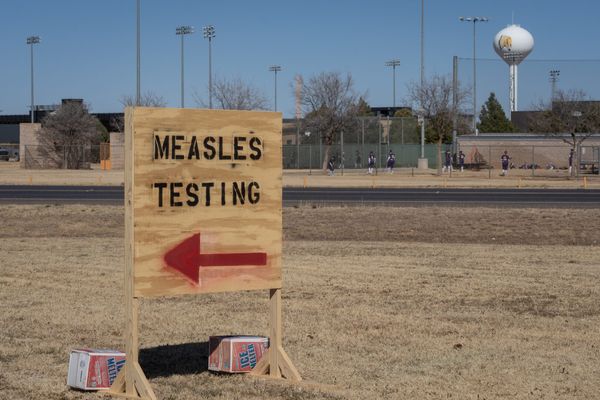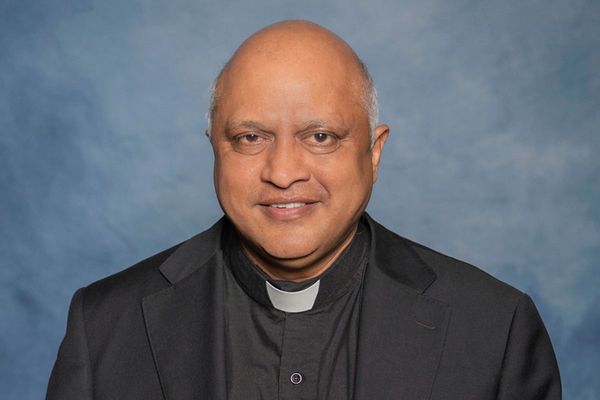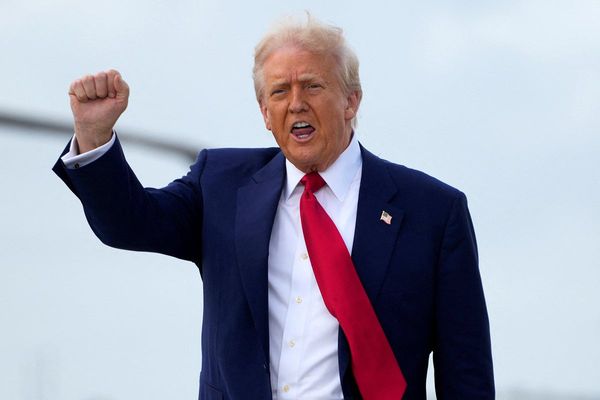
Lunar New Year celebrations ushered in the Year of the Snake across Asia and beyond, with festivities and prayers observed in various countries, including Moscow. In Hong Kong, crowds gathered at the Wong Tai Sin Taoist temple, eager to offer incense sticks at the stroke of midnight. Participants expressed hopes for blessings upon their families, successful business ventures, peace for their nations, and a prosperous year ahead.
The Lunar New Year, also known as the Spring Festival in China, Tet in Vietnam, and Seollal in Korea, is a significant event celebrated by communities worldwide. Following the Year of the Dragon, the snake symbolizes the new year in the Chinese zodiac.
In Kuala Lumpur, Malaysia, the Guan Di temple saw traditional festivities with firecrackers, lion dances, and incense offerings. The holiday prompts a massive migration of Chinese people returning to their hometowns, leading to deserted urban centers like Beijing.





















During the eight-day holiday, families gather for a reunion dinner on New Year's Eve and visit temple fairs to enjoy performances and purchase festive items. Many take advantage of the extended break to travel domestically and internationally, with popular destinations including Japan, Thailand, and the United States.
In Moscow, a vibrant procession marked the start of a 10-day Lunar New Year festival, showcasing Chinese culture and cuisine. The event reflects the growing ties between China and Russia, aimed at balancing global power dynamics.
Visitors in Moscow expressed joy at experiencing Chinese traditions, from folk performances to culinary delights. The festival featured colorful displays, drum performances, and opportunities to savor Chinese snacks and artwork.







